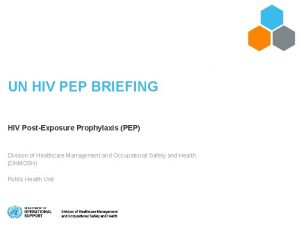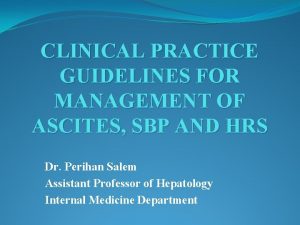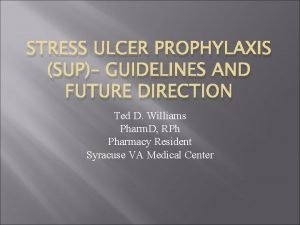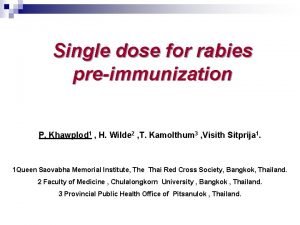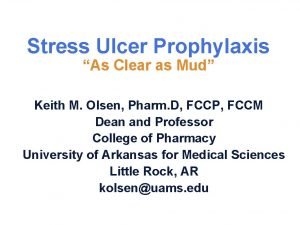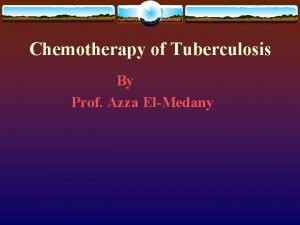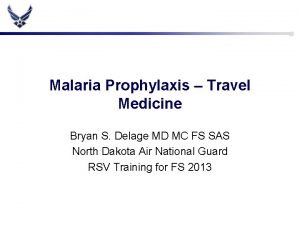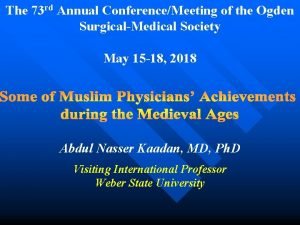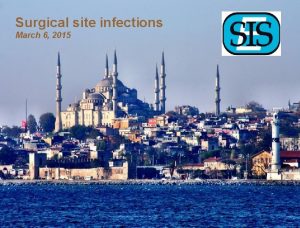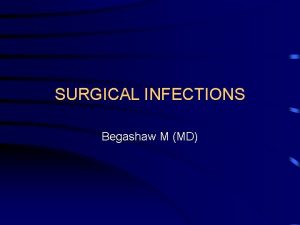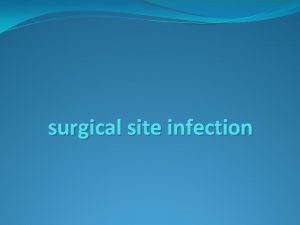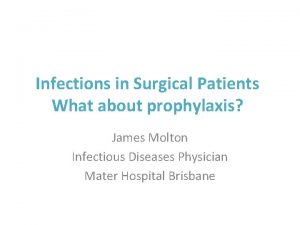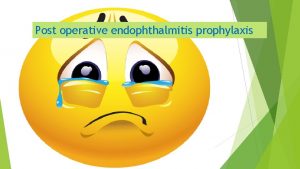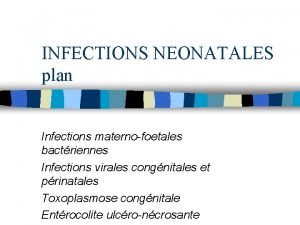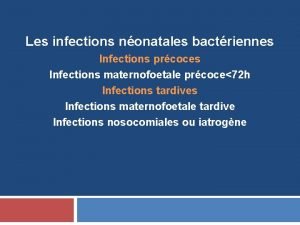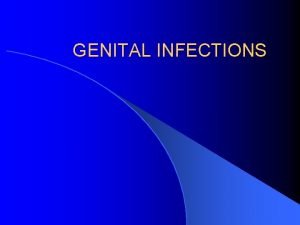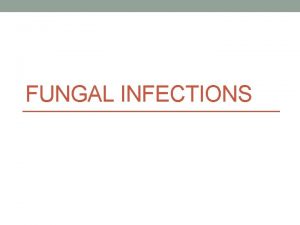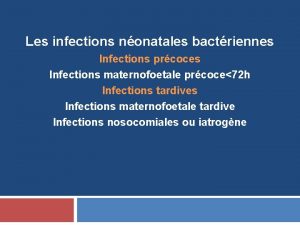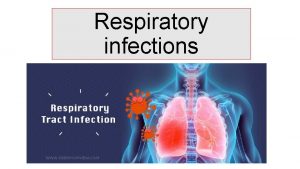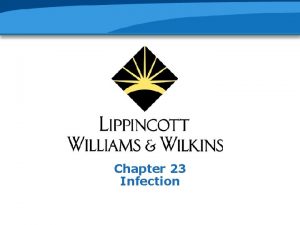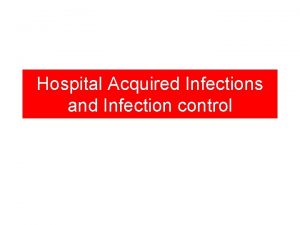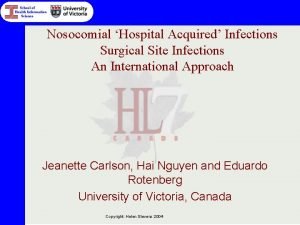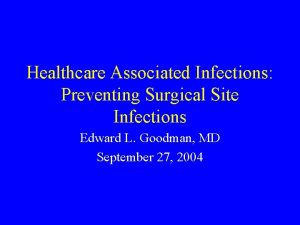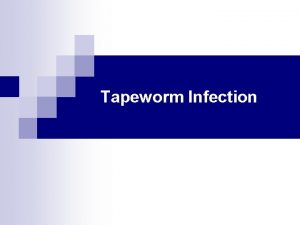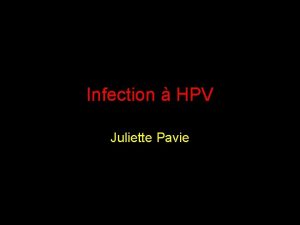Surgical Infection Society Resident Corner Surgical Infections Prophylaxis























- Slides: 23

Surgical Infection Society Resident Corner

Surgical Infections Prophylaxis

Surgical Site Infection (SSI) • Account for 14 -16% of all hosp-acquired infections • 2 -5% of all surgical patients will develop SSI – Thus between 1 to 2 million SSI’s occur annually in the U. S. • SSI increases LOS in hospital – average 7. 5 days • Excess cost per SSI: – *US national costs: $130 -845 million/year

Key points in Preventing Surgical Infections Antibiotic prophylaxis • Drugs- which when, how many doses? Non antibiotic measures- evidence based • Hair removal • Normothermia • Oxygen supplementation • Normoglycemia

Principles of Surgical Prophylaxis • Antibiotic stewardship is essential – narrow the agent used as much as possible. • What are the most likely organisms in the operative field? • It is essential to know drug half-life. – Re-dose in long cases that extend across half-lives – Or in cases with considerable blood loss – sterilizing the floor” • • Drug should be given within 1 hour of incision But time should be allowed for antibiotic to circulate Single pre-op dose is adequate for most cases Caution must be exercised against the potential side effects of the agent choosen (eg C. Diff colitis or nephrotoxicity) • Remember potential antibiotic exposure from prior hospitalization(s)

Surgical Prophylaxis Cefazolin • Half - 2 hr • 1 -2 gr pre-op, • Should be re-dosed if case goes longer than 4 hours Cefotetan or cefoxitin • Good for colonic cases, or involving anaerobes • Half-life - Cefotetan- 4 hrs; - cefoxitin- 1 hr

If patient is allergic to Penicillin Should always try to assess degree of allergy – Nausea is not an allergy If allergic – options include • Vancomycin – need to exercise with rapidly shifting vascular volumes – Vancomycin I gr IV – Should be started 1 hr pre-operatively, slow infusion (to avoid red man syndrome) – usually over a period of one hour infusion • Clindamycin – Very highly associated with C. Diff • For colonic cases - clindamycin or metronidazole combos

Surgical Infections Treatment agents - Quiz

Which one of the following are/is characteristic of Tetracyclines • A. Bactericidal • B. activity against Mycobacterium tuberculosis • C. Discoloration of teeth • D. Risk of Superinfection • E. Narrow spectrum

Which one of the following are/is characteristic of Tetracyclines • A. Bactericidal • B. activity against Mycobacterium tuberculosis • C. Discoloration of teeth • D. Risk of Superinfection • E. Narrow spectrum

Tetracyclines • Active against many gram negative and most gram positive organisms • Alters ribosomal protein synthesis • It is bacteriostatic

Which one of the following are/is characteristic of Aminoglycosides • A. Active against a broad spectrum of Gram negative Aerobes • B. Emergence of Resistant bacterial strains does not occur • C. narrow margin between therapeutic and toxic levels • D. nephrotoxicity • E. Ototoxicity

Which one of the following are/is characteristic of Aminoglycosides • A. Active against a broad spectrum of Gram negative Aerobes • B. Emergence of Resistant bacterial strains does not occur • C. narrow margin between therapeutic and toxic levels • D. nephrotoxicity • E. Ototoxicity

Aminoglycosides • Aminoglycosides bind to the 30 s ribosomal subunit • They interfere with the proof-reading step • Disrupt the integrity of the bacterial cell membrane • Aminoglycosides are useful primarily in infections involving aerobic, Gram-negative bacteria, such as Pseudomonas, Acinetobacter, and Enterobactere

Inhibits cell wall synthesis • • • A. Amphotericin B B. Penicillin C. Cephalosporins D. Aminoglycosides E. Quinolones

Inhibits cell wall synthesis • • • A. Amphotericin B B. Penicillin C. Cephalosporins D. Aminoglycosides E. Quinolones

Impairment of bacterial DNA synthesis • • • A. Amphotericin B B. Penicillin C. Cephalosporins D. Aminoglycosides E. Quinolones

Impairment of bacterial DNA synthesis • • • A. Amphotericin B B. Penicillin C. Cephalosporins D. Aminoglycosides E. Quinolones

Disruption of membrane barrier function • • • A. Amphotericin B B. Penicillin C. Cephalosporins D. Aminoglycosides E. Quinolones

Disruption of membrane barrier function • • • A. Amphotericin B B. Penicillin C. Cephalosporins D. Aminoglycosides E. Quinolones

Disruption of ribosomal protein synthesis • • • A. Amphotericin B B. Penicillin C. Cephalosporins D. Aminoglycosides E. Quinolones

Disruption of ribosomal protein synthesis • • • A. Amphotericin B B. Penicillin C. Cephalosporins D. Aminoglycosides E. Quinolones

Surgical Infection Society Resident Corner
 Kitty corner
Kitty corner Lyphadenitis
Lyphadenitis Surgical site infection bundle checklist
Surgical site infection bundle checklist Rabies virus ppt
Rabies virus ppt Pep kit contents
Pep kit contents Sbp prophylaxis
Sbp prophylaxis Stress ulcer prophylaxis guidelines
Stress ulcer prophylaxis guidelines Rabies vaccine dose
Rabies vaccine dose Stress ulcer prophylaxis criteria
Stress ulcer prophylaxis criteria Neisseria meningitidis prophylaxis
Neisseria meningitidis prophylaxis Cats rabies
Cats rabies Git prophylaxis
Git prophylaxis Malaria prophylaxis
Malaria prophylaxis Ogden surgical medical society
Ogden surgical medical society Genital infections
Genital infections Storch infections
Storch infections Postpartum infections
Postpartum infections A bacterial std that usually affects mucous membranes
A bacterial std that usually affects mucous membranes Cell lysis complement system
Cell lysis complement system Bone and joint infections
Bone and joint infections Retroviruses and opportunistic infections
Retroviruses and opportunistic infections Understanding the mirai botnet
Understanding the mirai botnet Acute gingival infections
Acute gingival infections Cryptosporidiose
Cryptosporidiose




